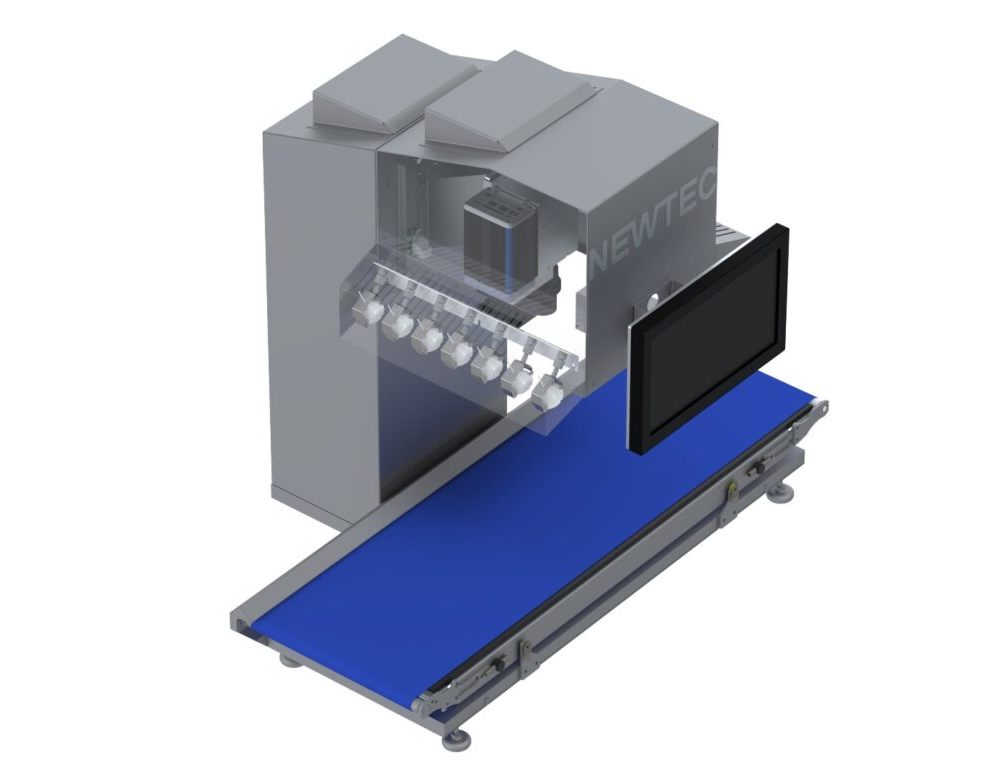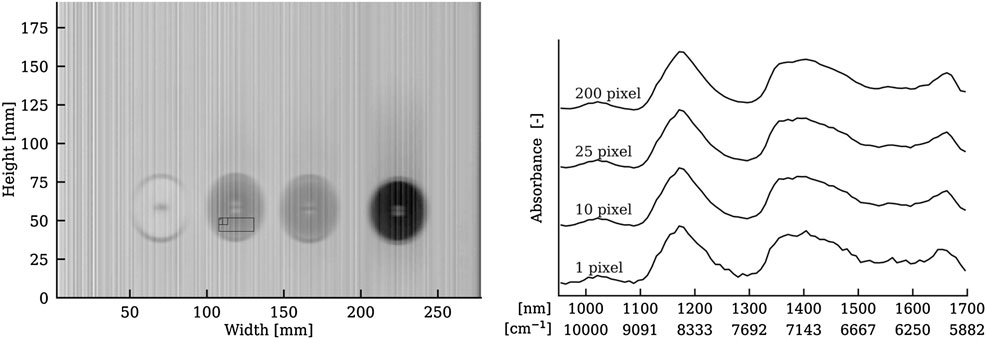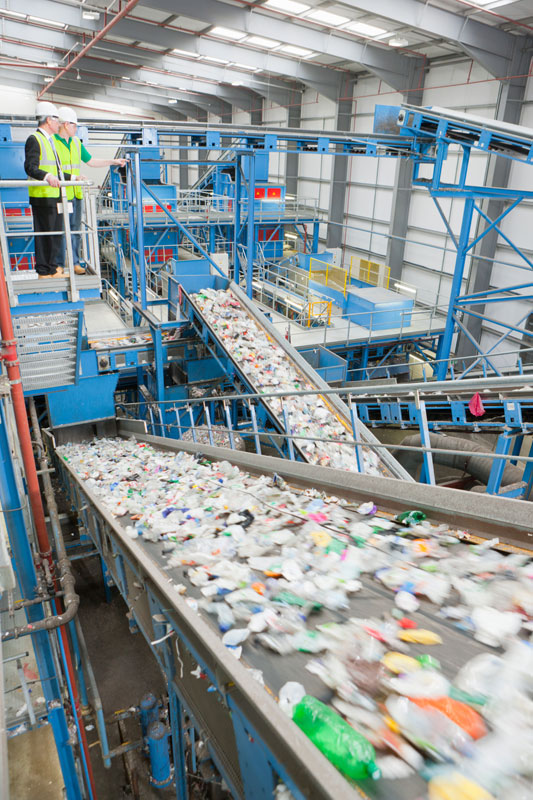
20th January 2022 Breakthrough in separating plastic waste Machines can now distinguish between 12 different types of plastic, thanks to a new camera system developed in Denmark.
Credit: Newtec
Being able to tell the difference between such a wide range of plastic types and thereby separate plastics according to their chemical composition will greatly increase the rate and efficiency of recycling. The technology has already been tested at pilot scale and will be implemented on an industrial scale in spring 2022. While many people perceive plastic as a single material, it is actually a combination of many materials (polymers) with different chemical compounds and additives such as pigments or fibres, depending on the use. Traditionally, it has been very difficult to tell the difference between types of plastics, making it difficult to separate and recycle them. Researchers from the Department of Biological and Chemical Engineering at Aarhus University, Denmark, have now developed a new camera technology that can see the difference between 12 different types of plastics (PE, PP, PET, PS, PVC, PVDF, POM, PEEK, ABS, PMMA, PC, and PA12). Together, these constitute the vast majority of household plastic types. For this breakthrough, they collaborated with three companies – Vestforbrænding, the largest municipally owned waste company in Denmark, along with a plastic waste management company called Dansk Affaldsminimering Aps, and also PLASTIX A/S, a Danish clean tech company providing sustainable solutions to the maritime industry. "With this technology, we can now see the difference between all types of consumer plastics and several high-performance plastics," said Associate Professor Mogens Hinge, head of the project at Aarhus. "We can even see the difference between plastics that consist of the same chemical building blocks, but which are structured slightly differently. We use a hyperspectral camera in the infrared area, and machine learning to analyse and categorise the type of plastic directly on the conveyor belt. The plastic can then be separated into different types. It's a breakthrough that will have a huge impact on all plastics separation."
Hyperspectral scanning of four plastic discs (left to right: PEEK, POM N, POM N, and POM B). Credit: Henriksen, et al. (Vibrational Spectroscopy, January 2022)
Currently, plastics are separated using near-infrared technology (NIR) or via density tests (floats/sinks in water). These methods can separate certain plastic fractions such as PE, PP, and PET – but not with the same accuracy as this new technology, and not with the chemical purity in the composition, which is vital to increase the recycling rate of plastic waste. "The technology we've developed in collaboration with the university is nothing short of a breakthrough for our ability to recycle plastics. We look forward to installing the technology in our processing hall and starting in earnest on the long journey towards 100% utilisation of waste plastic," said Hans Axel Kristensen, CEO of PLASTIX. Currently, only about 25% of plastic waste is recycled globally. Based on the current rate of progress, it will take until at least the year 2073 before that figure is at (or near) 100%. If left in the biosphere, most of the plastic waste now being generated will take until 2600 to fully degrade. This is now having serious impacts on ecosystems, food chains, and human health. The breakthrough demonstrated at Aarhus is a significant development, although many more steps will be needed to reduce the growing mountains of plastic waste around the world. A study describing the new hyperspectral camera technique has been published this month in the journal Vibrational Spectroscopy.
Comments »
If you enjoyed this article, please consider sharing it:
|









